The Most Surprising Thing About South Africa’s Garden Route
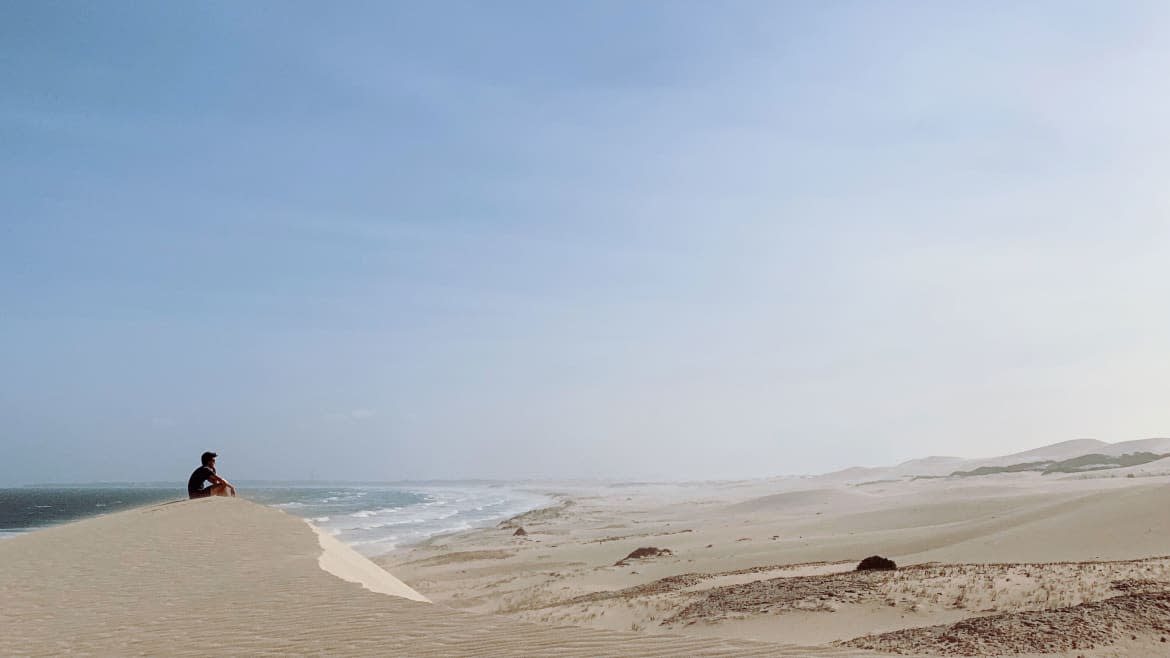
“Um, where is everybody?!”
I’ve long extolled the virtues of destinations sans crowds, and here I was in the iconic seaside town of Hermanus, about to kick off a drive along South Africa’s Garden Route. And as my best friend and I wandered empty street after empty street, we wondered aloud if we’d arrived in the aftermath of a purge.
After all, it was only February (still summertime) and given how beautiful everything was, we had braced for crowds.
To be honest—while I sympathized with hotel and restaurant owners along the route—it was a rare joy to be somewhere scenic and designed for travelers that was, well, without people.
My trip (or rather, this section of my month-long visit to the country) began and ended in Cape Town, where the lack of crowds at Clifton Beach should have hinted at what was to come. We stayed a few nights at the Cape View Clifton, which one can’t really write about without sounding like a brochure. Let’s put it this way, it’s a Malibu-style house on the mountainside hanging over Clifton with beautiful rooms, a relaxed vibe, and one of the most spectacular sunsets you’ll get to experience.
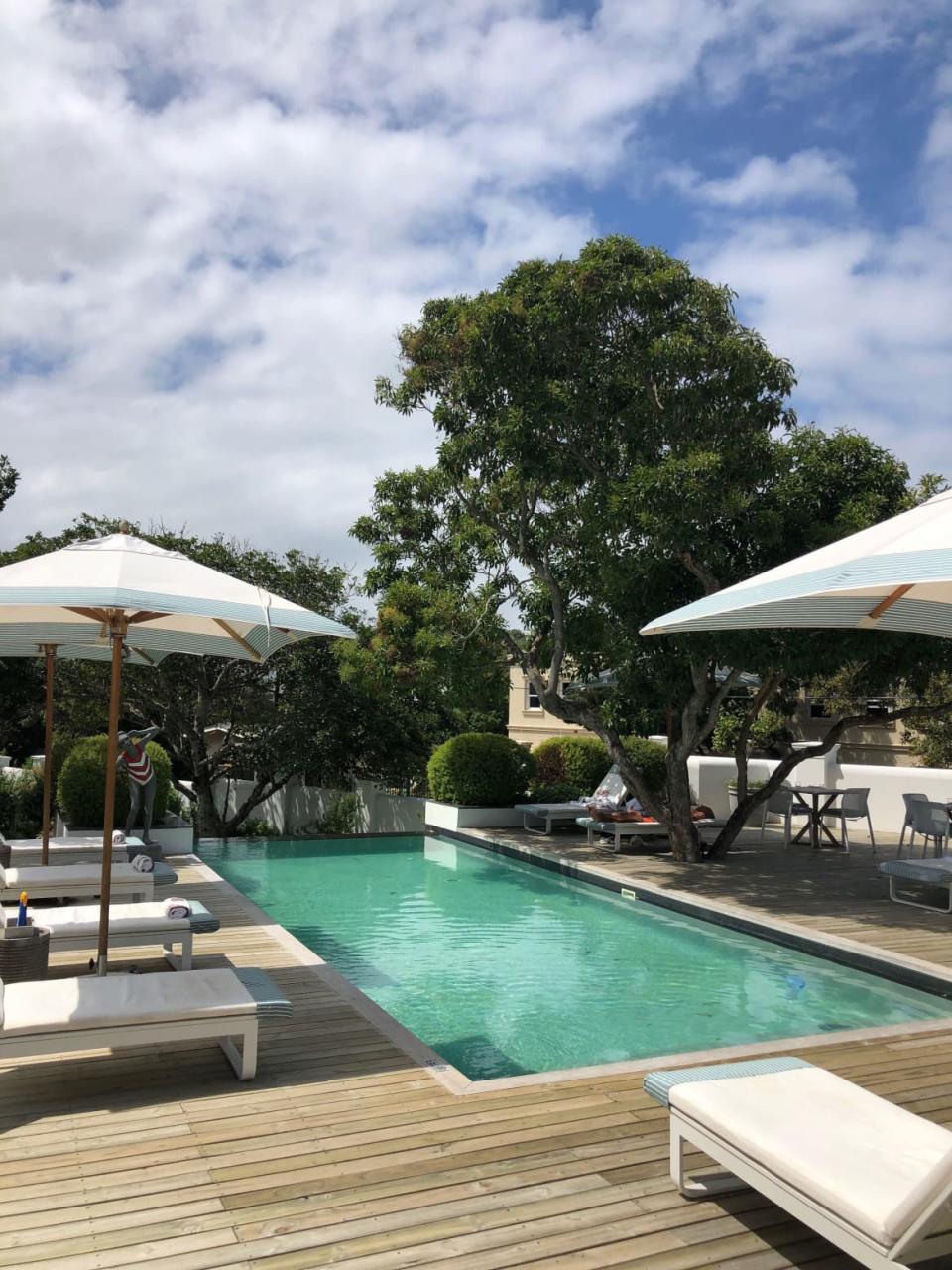
From there, we were off on an itinerary put together with the help of Go2Africa (one of the region’s best-rated travel companies). My first night was at the whale-watching seaside town of Hermanus, just an hour outside of Cape Town. Along the way, we popped into Idiom Wines, a modern tasting room perched between the mountains of the Hottentots Holland Nature Reserve and False Bay.
Back in the car after a responsible amount of drinking, we hit the road to Hermanus to see some of the town. Leaving Cape Town and entering Hermanus, one drives past shanty towns made up of thousands of shacks—a common sight around many of South Africa’s urban areas. They are a sobering reminder of both the toxic racist legacy that still haunts this country and the precariousness of the economic situation today.
Hermanus itself is the South African equivalent of a charming coastal New England town, complete with a historic central village and a huge sandy beach with cottages and houses that could fill the pages of an architectural magazine’s summer issue. While the beach itself had a handful of people at it, the town was empty.
When I say empty I don’t mean that it had a tolerable amount of tourists—I mean that on some of the cutest main streets lined with colorful historic buildings, we saw… nobody.
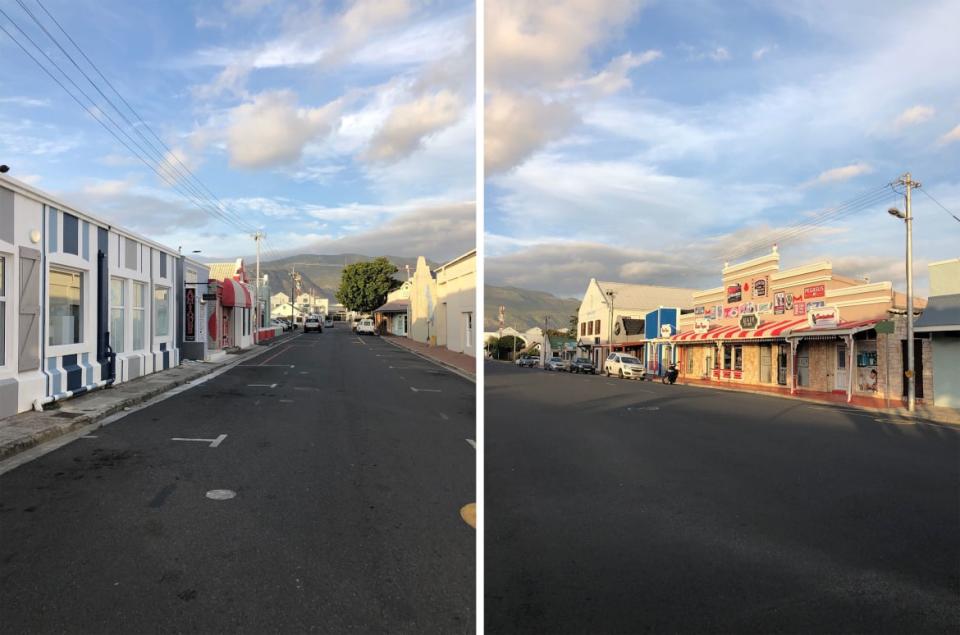
It was a phenomenon that would become a trend—a surreal experience for two travelers used to having to fend, finagle, and fight for peace and space at beautiful places around the world.
Suddenly, knowing we’d be able to experience our trip without competition, we did something that I always find hard to do—we slowed down.
And so, after wandering those empty streets we meandered over to dinner at the Barefoot Cook, a delicious but kooky restaurant. That night, we slept just outside town at Schulphoek (the actual pronunciation of which is akin to a lewd sex act) right on the ocean. Its highlight was the room-length windows, revealed in dramatic fashion by mechanical curtains, which looked out on the waves smashing the shoreline just below, like a Bond villain’s lair.
Hermanus is often a starting point for the popular drive between Cape Town and Port Elizabeth along this southeastern stretch of South Africa’s coast. Given all the options for hiking, wines, beaches, and ostrich farms, we limited ourselves to just a few coastal stops so as not to be too rushed.
After Hermanus came Knysna, roughly a 4-hour drive away. My best friend’s sole request for the trip had been that we stop in De Hoop Nature Preserve, famous for its untouched shoreline of massive dunes. So after fueling up at Tredici in Swellendam (one of many cute towns en route) we hooked down to the reserve, fully expecting that this photo-friendly spot would be teeming with tourists.
We saw two people.
And so we wandered alone up and down the pale sand dunes, marveling at the ferocity with which the cerulean waves slammed into the shore. As we were leaving, we spotted the first sign of humanity in the form of staffers from a nearby hotel, setting up sundowners (I later found the spot online—the Morukuru Family De Hoop). A chic cocktail picnic with this backdrop was exactly what I was craving, but we had to hit the road, so if I’m ever back this is on my to-do list.
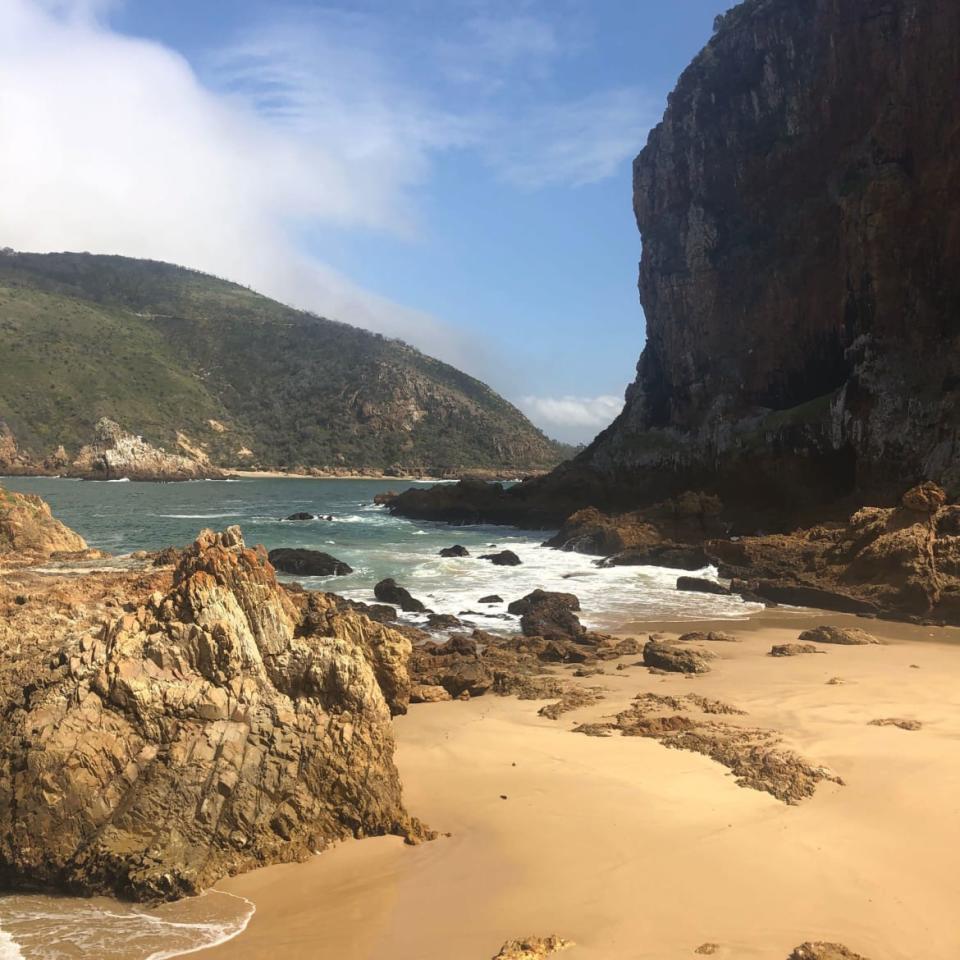
Despite our desire to linger, we had to get to Knysna, a spectacularly located town in a bay which opens onto a narrow strait cutting between two towering cliffs, populated with mansions of varying tastes. After a night in the recently rebuilt Knysna Hollow, we spent the day clambering around those cliffs, and here we finally encountered a couple of groups of tourists.
Still, down on the shore below, as we searched for the perfect rock pool to jump into (we both have a rock pool obsession), we marveled yet again that if these beaches were in the Mediterranean or Gulf of Mexico, there’d be hundreds of people every hour lined up to take pictures and videos at the ochre-colored rock pools. Instead, we had them to ourselves to play in and float around at our leisure.
To cap off what was a perfect day of childlike fun on the shore, we joined Ocean Odyssey for a sunset sailing cruise out the strait and down the coast a ways, joined for most of it by a large and boisterous pod of dolphins.
The final stop in our small Garden Route journey was Plettenberg Bay. While there, we stayed at the superb Old Rectory. Its whitewashed walls and thatched roofs, quiet grounds, and beautiful pool almost made us reluctant to move and explore the area. That would have been a mistake as it’s home to Robberg Nature Preserve, a park that encompasses the peninsula protruding into the bay.
Walking along its trail, you’ll definitely see hordes of seals (and some lucky strollers see sharks) but the highlight for us was “the Island,” a rocky hill connected to the peninsula by a strip of sandy beach. In fact, the Island may have been my favorite place on the whole trip. Rickety boardwalks wind around its craggy surface, littered with the hollowed-out smithereens of crabs dropped by gulls. The birds hang out, oblivious or unbothered by the icy blue surf that pummels the rocks again and again. For the adventurous, if you climb down the rocks there are a number of semi-hidden large rock pools, which are pretty incredible to just float in as wave after wave swamps the surrounding area.
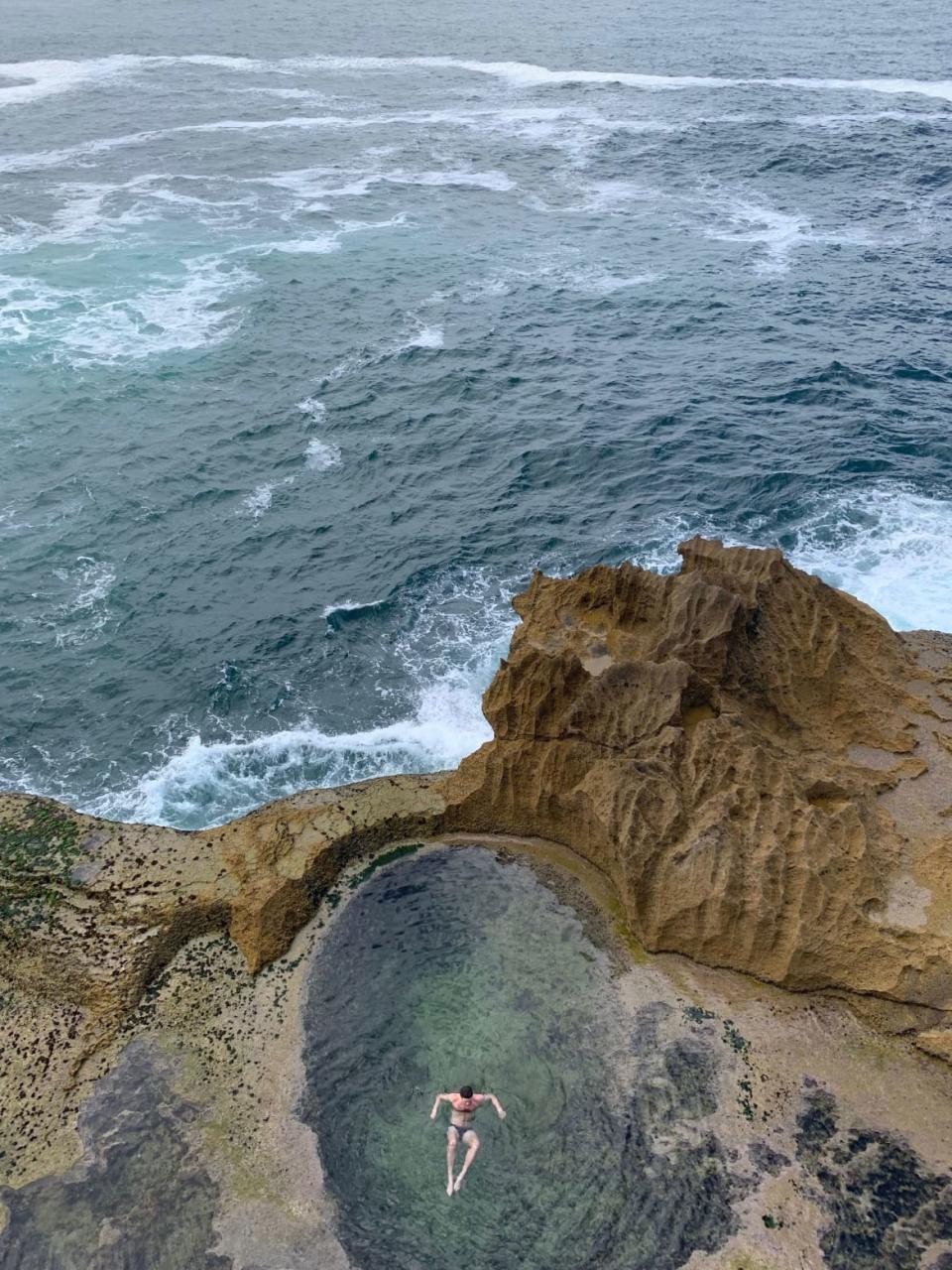
Plett was the most “touristy” of our various stops, yet the other visitors were barely noticeable. Hotel and restaurant operators I talked to said the region was crowded in the weeks around Christmas and the New Year, but after mid-January it slows down. Most of them blamed the lack of crowds on the wildfires, but I had to confess to them that until I started the road trip and saw some of the burnt-out areas, I hadn’t known there was a bad wildfire up there (and neither had my friend from London). So we doubted that had anything to do with the absence of American or European travelers. Instead, my best guess is some combination of the security situation and the punishingly long flight.
I bookended my Garden Route trip, as most do, with sojourns in Cape Town. Having experienced the beach on the front end, I wanted to sample the other hospitality options.
I spent two nights at the famed Belmond Mount Nelson, the grande dame of Cape Town. For North American readers, it’s the country’s equivalent of the great railroad hotels such as the Ponce de Leon, Banff Springs, or Belleview Inn. Only this was for steamship travelers.
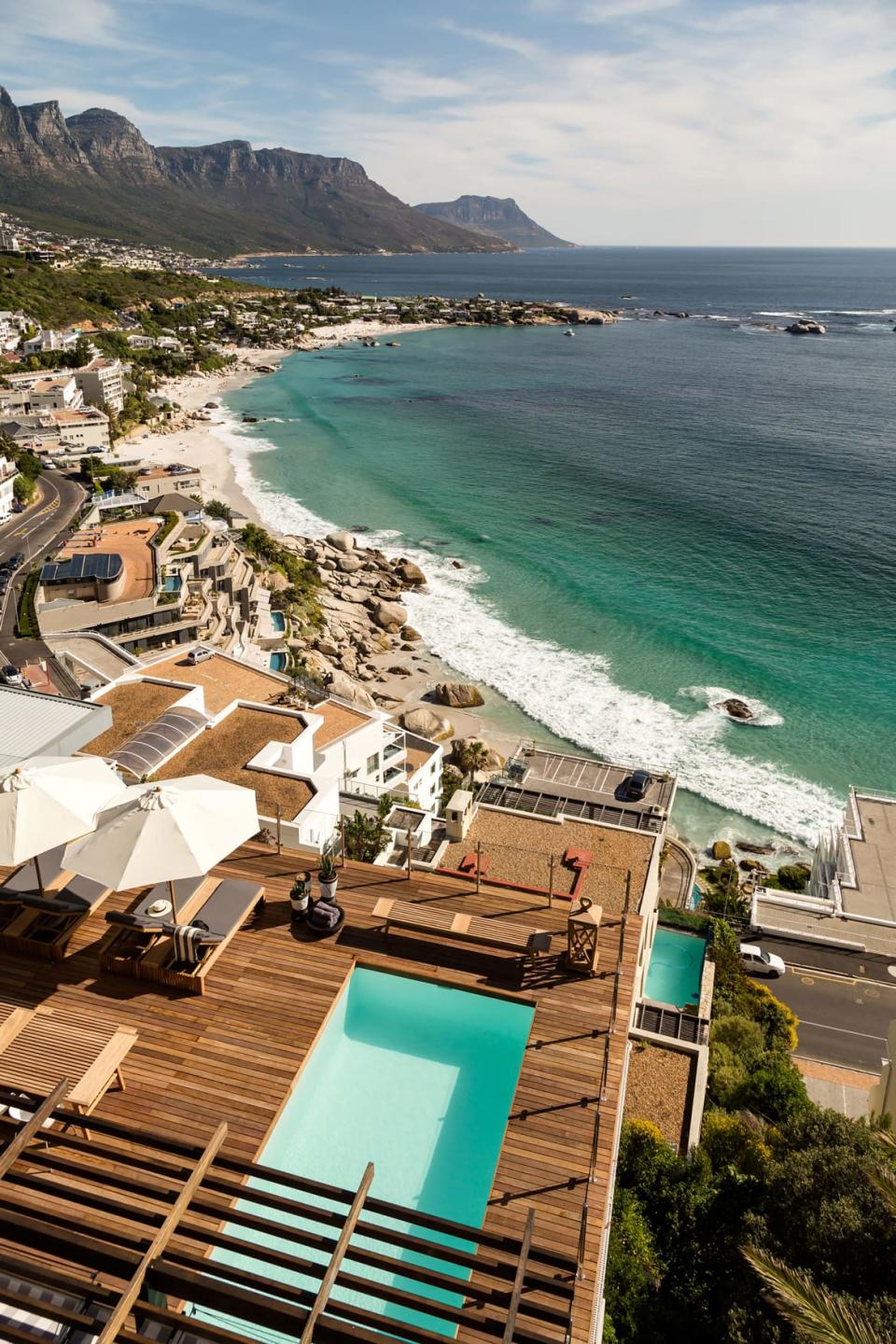
Approached via a palm tree-lined private drive, the pink palatial hotel is from another time, with an Old Hollywood feel. Breakfast may have been my favorite time there, not only for the spread which had every breakfast food you wanted as a child, but for the people-watching. My fellow guests paraded around, often in outfits that ranged from chic to eccentric. And despite not being a big tea drinker, I had a hell of a time at their popular afternoon tea. If old-school glamor is your thing, this is your best bet.
The polar opposite of the Belmond Mount Nelson is where I spent my final night—the Silo Hotel. Designed by Thomas Heatherwick, it’s part of the art museum Zeitz MOCAA. The hotel is noticeable not only because of its height, but also its grenade windows, which have recently made an appearance, and caused a bit of a stir, in new buildings along the High Line in NYC. The rooms, which run in the thousands per night, are decked out in all the extravagant eccentricity of interior designer Liz Biden. Think bright, pop colors, and then make them even brighter and pop more. The hotel also has a fantastic rooftop pool with Table Mountain as the backdrop for sunsets.
Even back in Cape Town, I never felt crowded or pressed anywhere. And so while other destinations around the world find themselves drowning in tourists, to the extent that a visit is unpleasant, it would appear that South Africa very much remains a place one can escape the crowds.
Get our top stories in your inbox every day. Sign up now!
Daily Beast Membership: Beast Inside goes deeper on the stories that matter to you. Learn more.

